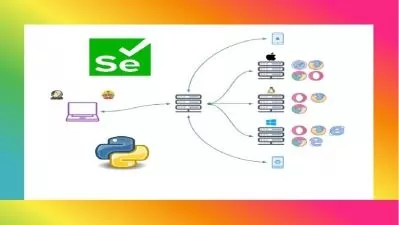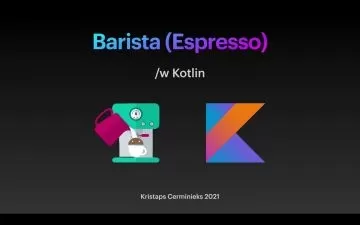Getting Started with TestNG 6
Andrejs Doronins
1:41:57
Description
Automated tests are key to delivering quality assurance to software. Learn how to write any kind of test - unit, component or user interface, using TestNG - a feature-rich and incredibly popular testing framework.
What You'll Learn?
Even on small projects manual testing can be cumbersome and slow, and it is simply impossible on enterprise projects with millions of lines of code. This is why automated tests are recognized as a necessity in order to deliver quality software. In this course, Getting Started with TestNG 6, you will learn how to write a variety of automated tests to accomplish test automation. First, you will learn how to set up a project dedicated to testing automation from the ground up, import TestNG and learn how to use its basic building blocks - annotations and assertions. These will enable you to write any kind of test - unit, component or UI test. Second, you will explore how annotation fields can boost your tests in order to make them more robust, concise and maintainable. Finally, you will discover how you can organize, group and structure your tests as their number increases. By the end of this course, you will have the necessary skills to write a testing framework that enables you to create automated tests at every level.
More details
User Reviews
Rating
Andrejs Doronins
Instructor's Courses
Pluralsight
View courses Pluralsight- language english
- Training sessions 36
- duration 1:41:57
- level preliminary
- Release Date 2023/10/20










